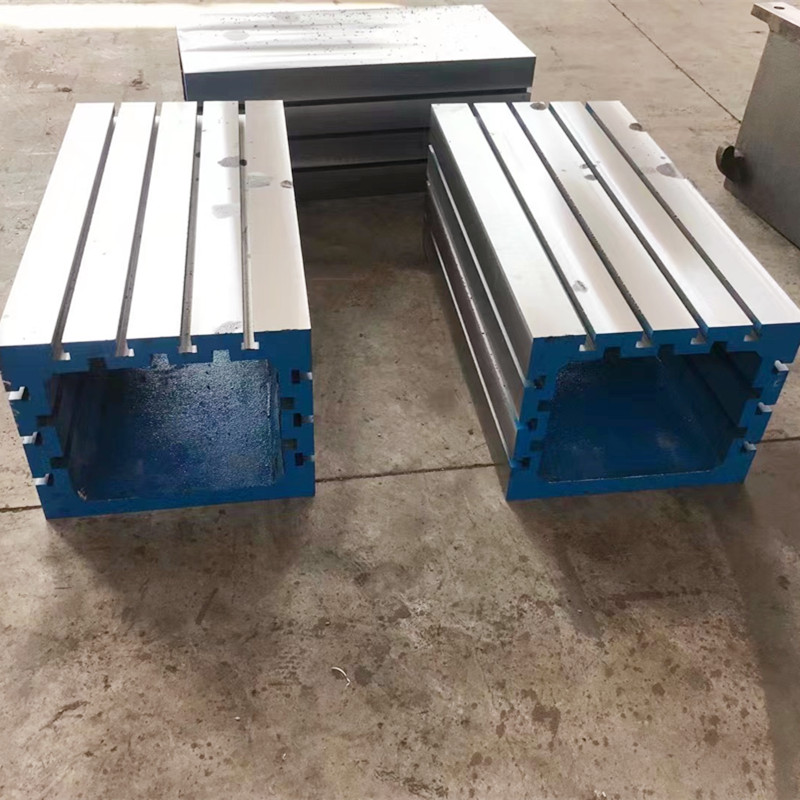Sep . 12, 2024 09:37 Back to list
Back Pressure Check Valve - Enhance System Efficiency
Understanding Back Pressure Check Valves
Back pressure check valves play a critical role in fluid management systems by preventing backflow in pipelines and ensuring consistent flow direction. These valves are essential components in various industries, including water treatment, oil and gas, and chemical processing. Their primary function is to allow flow in one direction while automatically preventing reverse flow when back pressure occurs.
How Back Pressure Check Valves Work
A back pressure check valve typically consists of a valve body, a disc or ball, and a spring mechanism. When fluid flows in the intended direction, the disc or ball is pushed away from the seat, allowing flow through the valve. However, if back pressure builds up due to flow reversal or upstream pressure changes, the valve closes automatically. This action protects equipment and maintains system integrity by eliminating the risk of contamination and pressure surges.
Applications and Benefits
These valves are particularly beneficial in systems where backflow could contaminate clean water supplies or where process fluids must remain uncontaminated. For example, in wastewater treatment facilities, back pressure check valves are crucial for preventing treated water from flowing back into raw sewage systems. In chemical processing plants, they help maintain product integrity by preventing cross-contamination between different process streams.
back pressure check valve

Additionally, back pressure check valves can reduce the risk of damage to pumps and other downstream equipment. When reverse flow occurs, it can cause erosion, damage seals, or even lead to complete system failure. By effectively mitigating these risks, back pressure check valves extend the lifespan of the equipment and reduce maintenance costs.
Selecting the Right Back Pressure Check Valve
When selecting a back pressure check valve, several factors must be considered, including the type of fluid, pressure and temperature requirements, and the specific application environment. Valves must be constructed from compatible materials to withstand the chemical properties of the fluid being handled. Furthermore, the valve size should correspond to the pipeline dimensions to ensure optimal performance.
Conclusion
In conclusion, back pressure check valves are vital components in fluid management systems, providing a reliable solution for preventing backflow and protecting downstream equipment. Their significance in various industries cannot be overstated, as they enhance operational safety, preserve fluid integrity, and contribute to overall system efficiency. As a crucial aspect of fluid dynamics, understanding and properly implementing back pressure check valves can lead to improved system reliability and longevity.
-
Water Valve Gate Design Prevents Leakage and CorrosionNewsJul.11,2025
-
Steel Fab Table Features Reinforced Construction for LongevityNewsJul.11,2025
-
Specialized Valve Designs for High Pressure SystemsNewsJul.11,2025
-
Machinist Gauge Pins Feature Ground and Lapped FinishesNewsJul.11,2025
-
Hose Check Valve Prevents Backflow in Irrigation LinesNewsJul.11,2025
-
Durable Micrometer Tools Withstand Heavy Workshop UseNewsJul.11,2025
Related PRODUCTS









